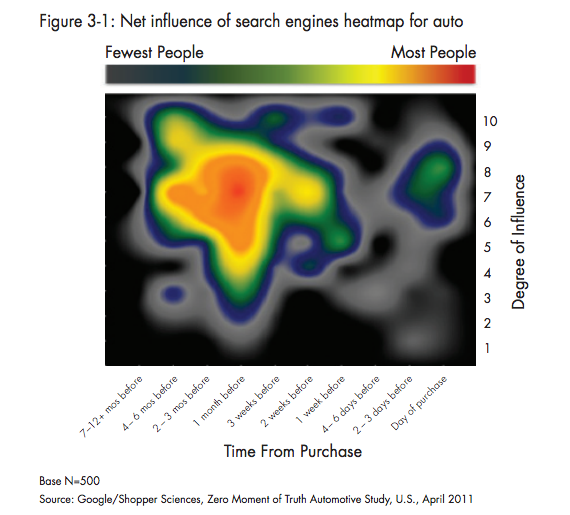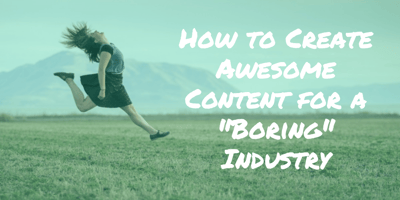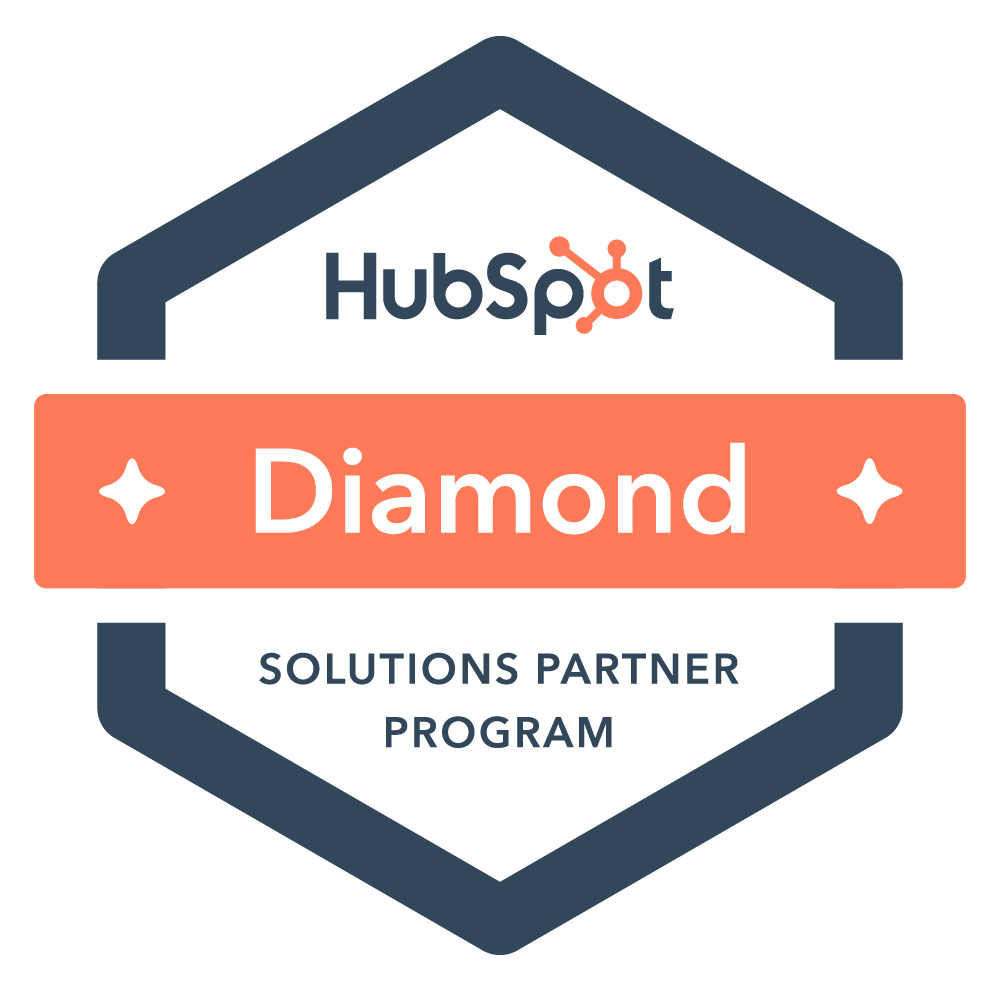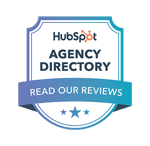Inbound marketing plans are becoming more commonplace as marketers and CMO's are looking for better ways to reach out to customers. They offer a compelling value proposition since it generates content that you can continue to use to market to customers, and it pulls people into your funnel as opposed to pushing them in with advertising. The reason this is so important is that in both the B2C and B2B world, buyers are changing how they determine what they will spend money on and when they begin to research them.
Changes in Buying Patterns
Buying patterns are changing in ways that we're just now beginning to realize. When consumers or businesses are looking to make purchases, they now spend an extended period of time researching products and services before they finally decide to buy.
In 2011, consumers used more than 10.4 sources of information before buying, which was more than double the year before. That’s a lot of different sources to look at before making a decision.
People are also starting earlier in terms of research. For a brief glimpse into how much earlier, look at this research done by Google and Shopper Sciences about where people are using search engines in relation to when they buy cars:

The number of people doing online research on cars is huge in the 1-6 month range. So if people research more and take longer before making decisions, how can a marketer adjust and begin to work with these new patterns?
Helping People Find You
Marketers need to meet their customers where they're at. So if a customer begins their research several months before they're ready to purchase, there needs to be a way to engage and nurture prospects at this point in the process.
Using an inbound marketing plan in this instance makes a lot of sense. If people are searching you out, you may as well have great content for them to engage with. And if they’re going to be interacting with you, you may as well be capturing them as a lead and nurturing them through the process.
An inbound marketing plan not only helps to pull people into your website through content and social interactions, it also gives them a chance to engage with your offerings earlier on. This means you can track people who are beginning to show signs of interest or downloading content from your website.
Filling The Funnel Earlier
It’s essential for a company to begin to understand the different phases of the new extended research phases that their prospects will be engaging in. Once those are observed, they can begin to create a content funnel in which prospects are nurtured from one step to the next, until they "raise their hand" and are ready to talk to someone.
Using a software solution, like Hubspot, can help a lot in terms of tracking leads intelligently through this process. By seeing what content brings a prospect into your funnel, you can gauge what their interests are and send out more content like that. If it’s a popular term you can even design an offer to bring in more leads that way.
Waiting until a salesperson gets around to putting someone in the CRM is too late in the game. You need to know who someone is as soon as they download a whitepaper, favorite a tweet, or click on an email. There need to be paths for nurturing these prospects further down the funnel, and tracking them as they make progress. Delivering the right content at the right time and pulling in third-party validation will be critical to winning sales going forward.
The good news is that it can be easier to generate leads this way, and leads that are nurtured tend to buy more. If you can learn to navigate the new reality, there are some great upsides to it for you and your business.
If you want to see how over 4000 companies increased lead generation, click here to download our ebook













